|
Though I'm a member of the Los Angeles County Museum of Art, I'm not a big fan of the place. I find the collection and presentation a bit stale and pedestrian, more "folk art" and artifacts than I personally care for. (In fairness, LACMA is under a major renovation, so it seems likely that the presentation will change, and we'll see if there is any addition to the core collection.) However, it's certainly an important organization, has a respectable foundation of works, and often they have very good traveling exhibitions. I went there a few weeks back, and the day was a combination of both. On the one hand, they had two exhibitions that did little for me. One was one the Art of Korean Writing, which was largely big displays of calligraphy in Korean. Another was a photography exhibition by Thomas Joshua Cooper. For me, I love good photography and have some framed in my home, but when presented in an exhibition, or at an art museum what I want is for it to be at another level, using the camera not just for making beautiful pictures, but to create imagery that brings insight to the human condition or natural world that we wouldn't see otherwise. This what I mean. I can't do what Rembrandt, Monet, Van Gogh, Picasso, Chagall and other painters do. They operate on another level from most people. Even artists who work at a more accessible style, they bring their own sensibility to their work -- the perspective they choose, the materials they use, the use of their brush, the twisting of reality or the pointed observation. But most people can take a good photograph, even lucking out with something special if the light and perspective are just right totally by chance. I have some really nice photos that I've taken. They aren't remotely as good or artistic as what a professional photographer does, taking and manipulating the image, but even just being point-and-shoot they're in the range of where you can compare them. You can't, however, compare my stick-figure drawings to Renoir or even "dogs playing poker." To be clear, when a photographer like Ansel Adams or Gordon Parks or Richard Avedon transcend beautiful pictures and bring out visions of humanity, then (to me) those reach the level where artistry is their core. But for my personal taste, you need that, not just taking beautiful, interesting images. I can take beautiful, interesting images-- not nearly as well, but I can do it. Most people can do it. And sometimes, yes, even as well. Really. Here are two color photos in the Cooper exhibit from his visit to Antarctica. The one on the left is "Whiteout." The picture on the right is titled "South Pole Winter Solstice." I can do that. Both of them. I can do it by accident, screwing up. I just have to leave to cap on the lens. Or simply accidentally overexpose the shot as much as possible. Or take a picture of the sun. My point isn't that these are bad or good. Some people may love them. Fair enough. My point is just that I can do that. I can't do what Salvador Dali did. (Yes, I know there is some modern art like these two photos. Forgetting for the moment that I don't care for that in paintings either, at least those have texture in the brush work and the choice of oils or water color. These are just white and black. I got up close and looked. There was no texture. It's just a white photograph. And a black one. And again, maybe he did it in a technique that make these work in a way that I couldn't. But -- I could take two pictures like this and come close. I can't come close to Michelangelo.) To be fair, not all of Cooper's photos were like this. Some were extremely nice. But even at that -- and again, this is just personal taste -- I want more than "extremely nice photographs" when I'm taking my time to visit a museum. I want Henri-Cartier Bresson and Annie Liebowitz. I want Dorthea Lange's faces of the Great Depression. On the other hand, there was a very interesting exhibit called "The Allure of Matter: Material Art from China." It took me a while to figure out what was going on, but eventually I did -- all the art work used material other than the traditional sources we expect of paintings. No oil, no water color. Instead, they all used everyday objects to create their art. It worked on two levels: they were rich and interesting as standalone pieces, whatever the material, but they were also fascinating to view up close for how the everyday world was manipulated into art. Here are two examples. The first by Zhang Huan is hard to do justice because there is a dimensional texture to painting (especially one using a the kind of material Zhang works with), and any online graphic will flatten them out. But this was his, I guess you'd call it, painting. I found it very rich, moody and textured with interesting detail. Only when I walked closer, read the description and looked at it up close did I realize that that was made entirely with ashes. With his assistants, he separated piles of ash into different piles depending on their shade. And from that, he created the work. This below is a close-up of one of the people shoveling, so you can perhaps get a hint of what I'm describing. And then there's one other that struck my fancy. When I walked into the large room, I again didn't know what the work was, just that it seemed like a very effective piece of impressionism. Perhaps a big rug. But again, when I got close up to it, on my knees, in fact, that's where I saw how it was made. And almost burst out laughing. Why the artist Xu Bing chose the material, who knows? But he got a wonderful result. A photo won't get any of this across, so I took a video. Watch it all the way through -- it's only about a half-minute. It's not just that this was a clever use of material, but even if it was made of wool or some fabric it was an interesting design on its own merits. But made with cigarettes?? By the way, when I walked in the room, there was an odd aroma permeating the place. I couldn't quite place it, but then realized that there must have been people in there smoking, which was contrary to being in an art museum and likely against all the rules. Of course, I eventually figured out it was the overwhelming smell of tobacco. One last tale. Another exhibit was called "Sound Stories" by Christian Marclay. It was a collection of dark rooms that each used sound in a different way. I won't say whether I found it good or bad, but it was at least interesting and sort of fun to wander through. I say "sort of" for the reason of the tale. As I said, the area was all dark, with only the exhibits offering some light, along with exit signs. There also was a low bench -- painted (for some reason, perhaps because they wanted it to blend in) black. And I have a condition that's called night blindness. So, as you might imagine, a low black bench in a darkened room is not the ideal situation for folks, especially thems with night blindness. The good news is that I didn't have to go to the gift shop because I still have a memento of the visit with me on my shin, three weeks later. Additionally good news is that I am no longer hobbling...
2 Comments
10/9/2019 03:57:15 am
Cigarettes aren't cheap. Online I learn that this "tiger rug" uses half a million of the low-price brand First Class, wholesale value about 18 cents each, which implies that the materials cost $90,000.
Reply
Robert Elisberg
10/9/2019 10:32:09 am
Tom, thanks for the information. The good news is that after the exhibition, they can sell the piece by the cigarette at retail and make a profit...
Reply
Leave a Reply. |
AuthorRobert J. Elisberg is a political commentator, screenwriter, novelist, tech writer and also some other things that I just tend to keep forgetting. Feedspot Badge of Honor
Categories
All
|
|
© Copyright Robert J. Elisberg 2024
|
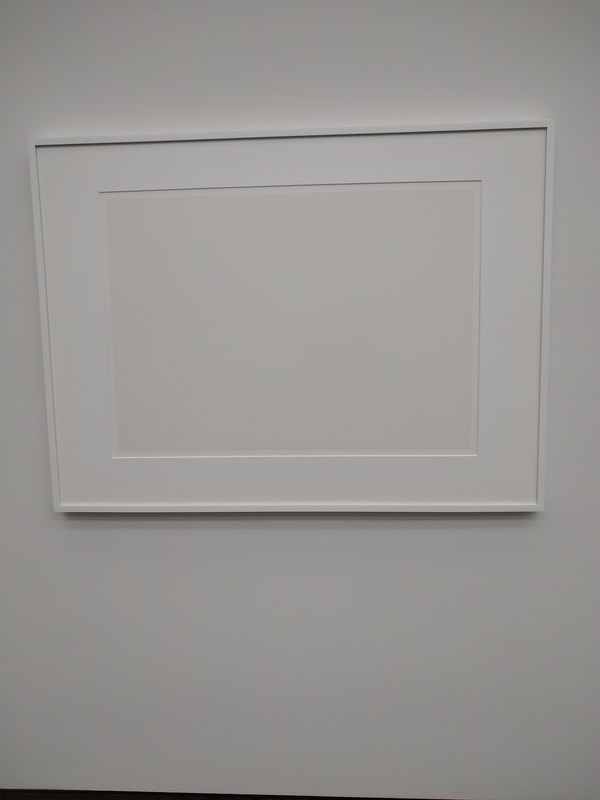
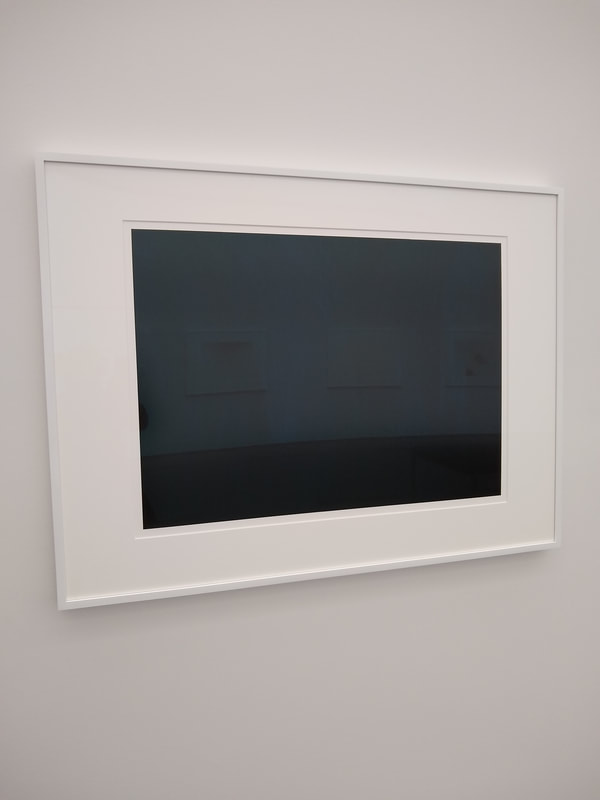
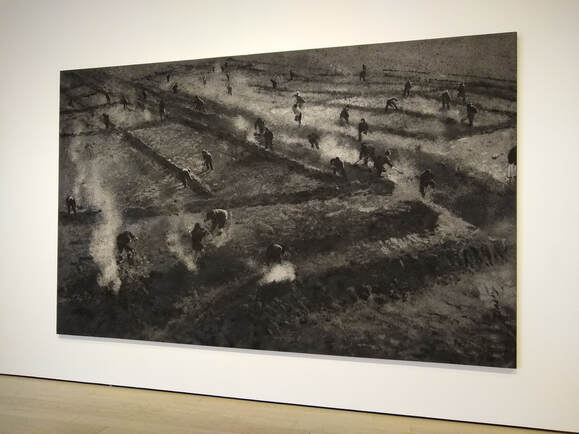
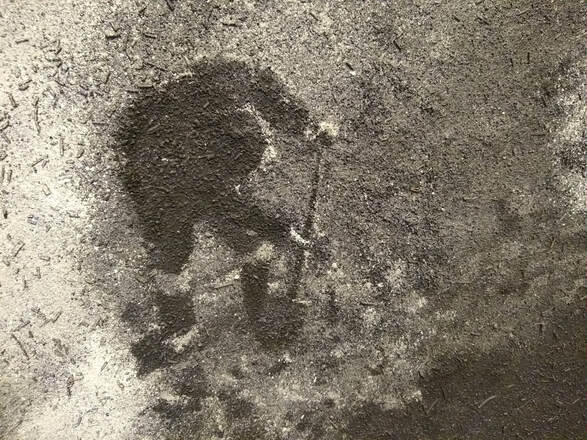
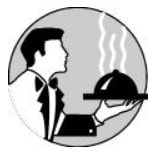





 RSS Feed
RSS Feed